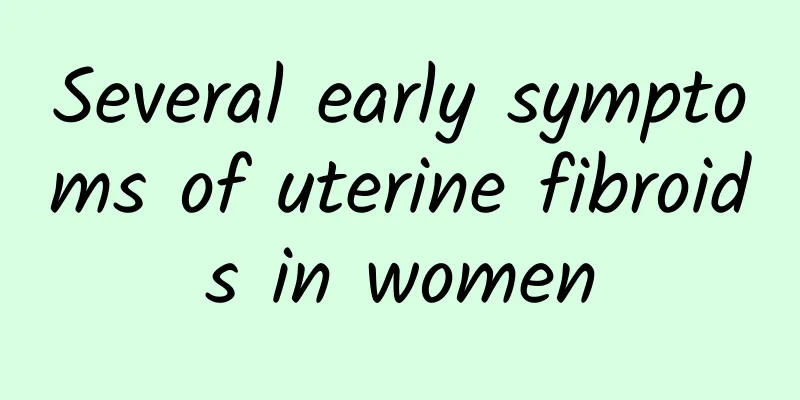Causes of cervical adhesions during abortion

|
Cervical adhesion after abortion is usually caused by improper surgical operation, physical differences or infection. In order to prevent or deal with these situations, it is recommended to pay attention to cleaning and proper conditioning after surgery, and seek medical treatment in time. 1. Improper surgical operation During the abortion procedure, if the operation is not delicate enough or the medical instruments used are improper, it may cause damage to the cervical tissue. Scar tissue formed during the repair process may cause adhesions. It is very important to choose an experienced doctor and a regular medical institution for the operation to reduce the risk of complications. 2. Physical differences Individual physical differences may also lead to postoperative adhesions. Some women are prone to scar tissue during the recovery process after surgery due to their physical constitution. If you have relevant physical problems, it is recommended to fully communicate with the doctor before surgery, and at the same time strengthen your own immune ability after surgery, such as a reasonable diet, proper exercise, etc., to help your body recover. 3. Postoperative infection Postoperative infection is another major cause of cervical adhesions. Postoperative infection may cause inflammation and lead to adhesions in the cervix. After surgery, special attention should be paid to personal hygiene, strengthening lower body cleaning, avoiding strenuous activities too early, and taking anti-infection treatment as prescribed by the doctor to prevent the occurrence of adhesions. Choosing the right medical procedure and postoperative care measures is very important to prevent cervical adhesions after abortion. If abnormal symptoms occur, consult a doctor in time for professional advice. The occurrence of related complications can also be reduced by improving immunity, maintaining hygiene and avoiding unnecessary surgical procedures. It is recommended to have regular gynecological examinations to detect and treat potential problems as early as possible to maintain reproductive health. |
<<: Is it normal to bleed after hysteroscopy for uterine fibroids? How to treat it?
>>: Are there any sequelae of uterine fibroids? Will they turn into cancer?
Recommend
What is the best time for couples to have sex? These golden times have their own advantages
I often hear this question in the clinic: "D...
Dietary care after uterine fibroid surgery What to eat after uterine fibroid surgery
Surgical treatment of uterine fibroids is current...
What vegetables should I eat during my period? Spinach, pumpkin, cauliflower
One of the vegetables you can eat during your per...
Is oral sex a cause of endometrial tuberculosis?
What is the cause of endometrial tuberculosis? Ev...
What should you pay attention to when you have threatened abortion?
What should we pay attention to in case of threat...
The thread embedding weight loss injection should be sterilized for no more than 15 needles at a time.
It was reported in Taichung City that a woman sur...
Causes of invasive hydatidiform mole
The treatment of invasive hydatidiform mole requi...
What are the dangers of physiological ovarian cysts?
What are the dangers of physiological ovarian cys...
Bartholinitis symptoms and diagnosis
What is Bartholinitis? In our daily life, I belie...
What to do with irregular menstruation? How to treat it?
What to do with irregular menstruation? How to tr...
Cost of early treatment of hyperprolactinemia
Hyperprolactinemia is not as terrible as many wom...
What should I do if I have yellowish leucorrhea and nose discharge right after my period?
What should I do if I have yellowish leucorrhea a...
Losing weight but "losing" menstruation
Xiaohua is 1.62 meters tall and weighs more than ...
How much does it cost to see a doctor for congenital absence of vagina?
Women with congenital absence of vagina hope to c...
Does long-term ovulation bleeding require treatment?
Ovulation bleeding is a very common condition amo...









